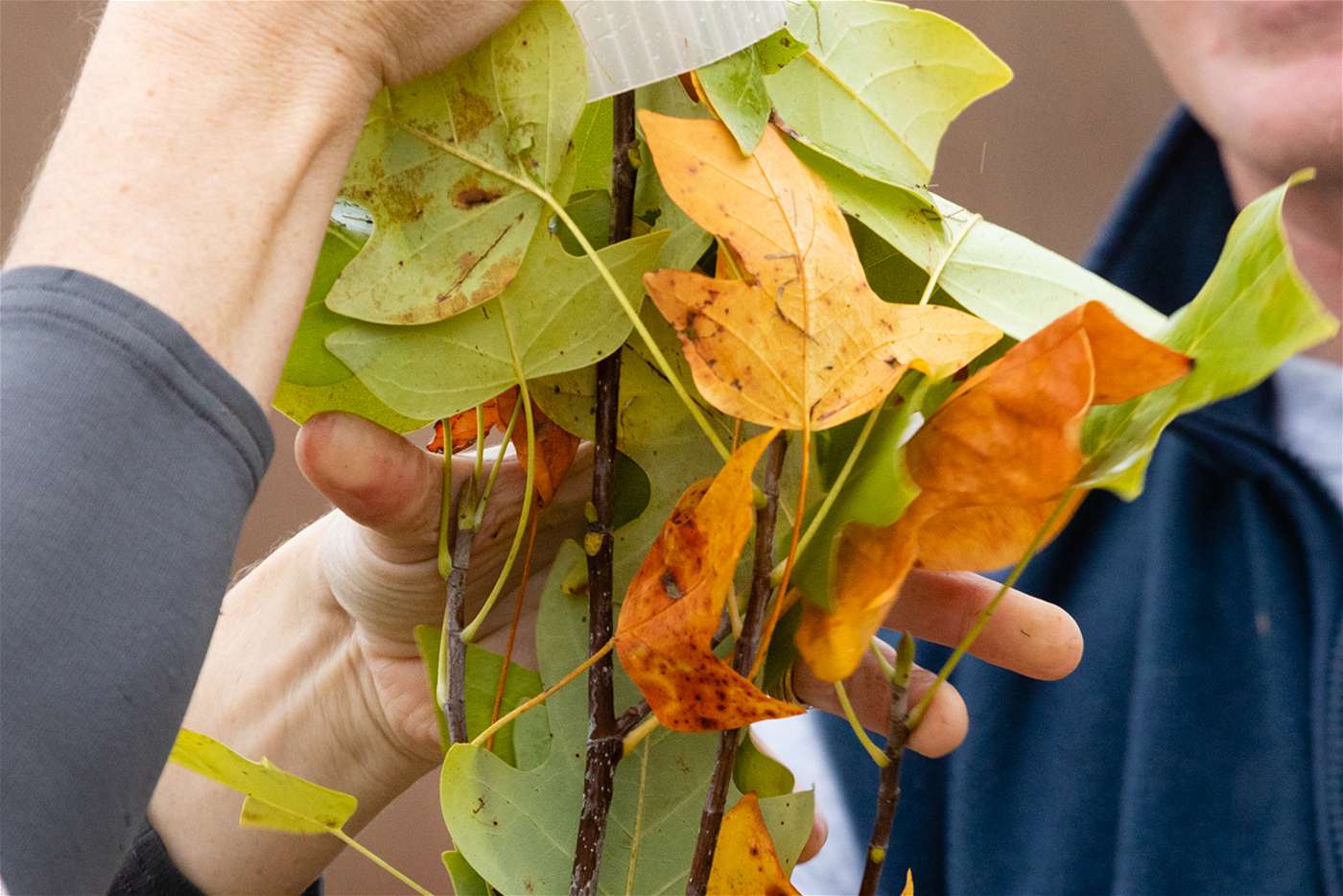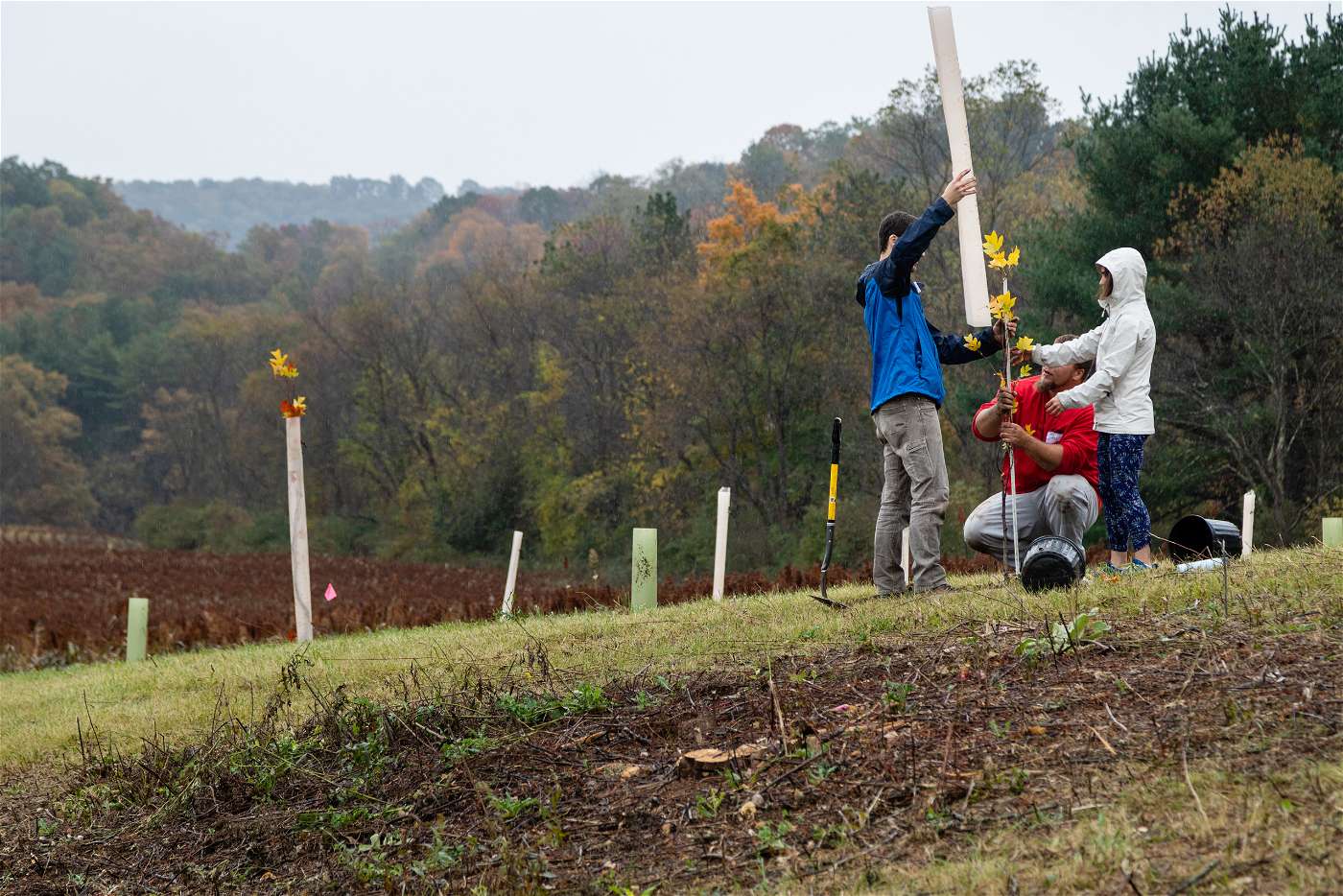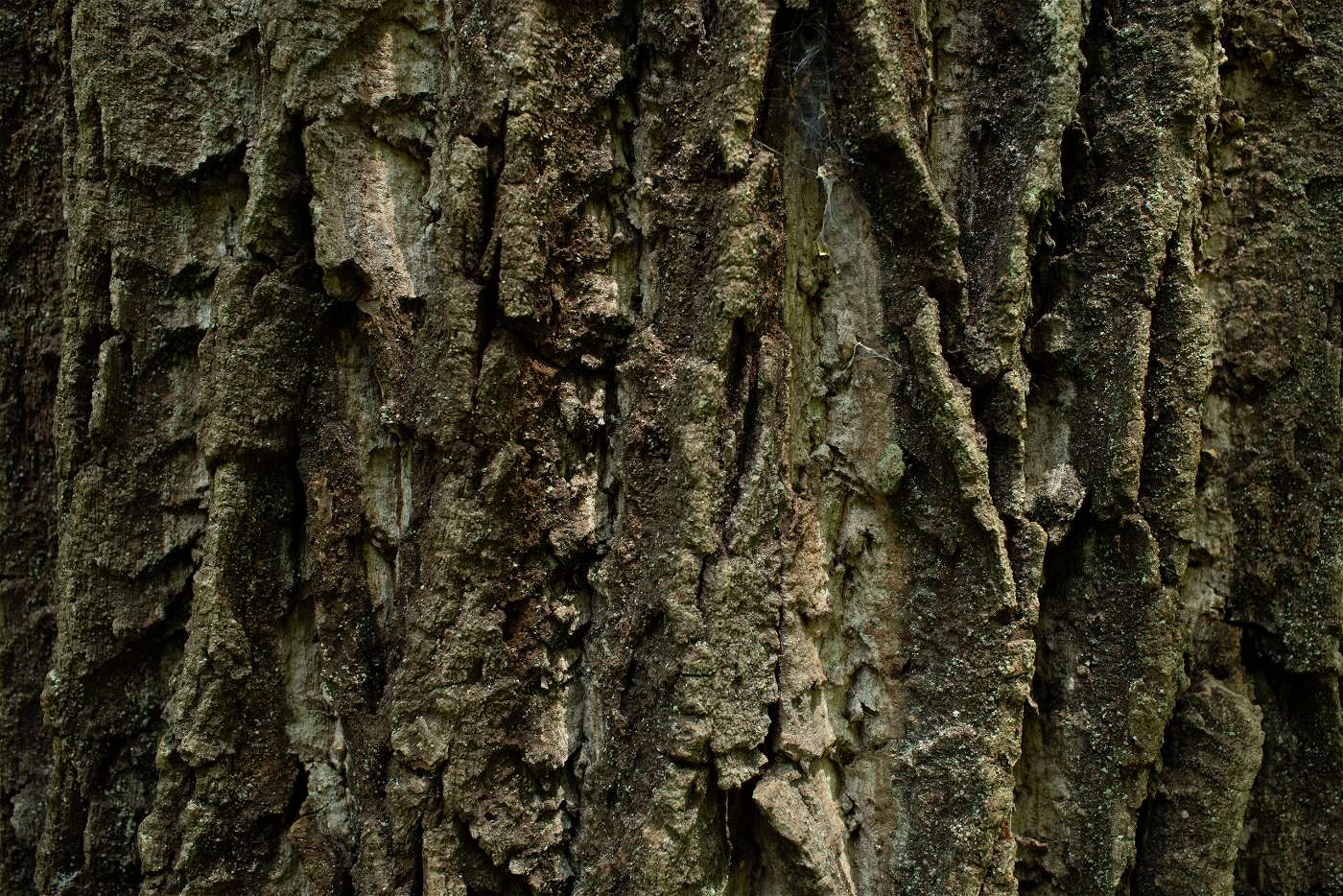Why location and size of tree plantings matters
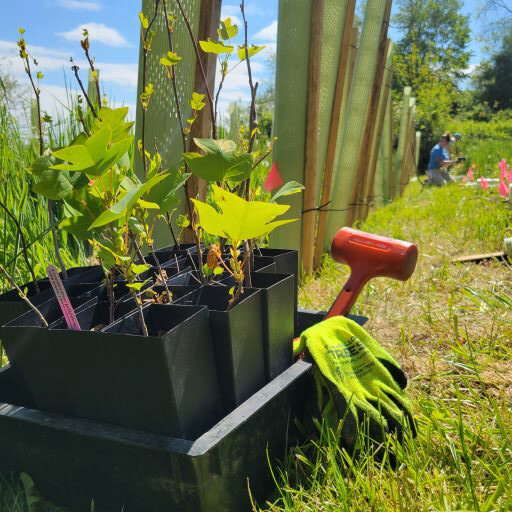
Pennsylvania is a water-rich state. Over 85,500 miles of the state is covered with waterways. It is also one of six states to make up the Chesapeake Bay Watershed.
Pennsylvania’s iconic Susquehanna River is the largest source of fresh water to feed into the Chesapeake Bay. However, many of its rivers and streams are damaged by pollution. According to the Pennsylvania Department of Environmental Protection (DEP) Draft 2022 Integrated Water Quality Report, 33 percent of Pennsylvania’s miles of rivers and streams do not meet water quality standards for water supply, aquatic life, recreation, or fish consumption.
In order to ensure the health of waterways upstream and the Bay downstream, Pennsylvania, along with 5 other states in the Chesapeake Bay Watershed and the District of Columbia agreed to develop extensive pollution reduction plans by 2025; forming the Chesapeake Clean Water Blueprint. And, one major way the Keystone state plans on reaching its clean water goals is by planting roughly 96,000 acres, or 8.5 million trees, along streams and waterways.
To accelerate this effort and help Pennsylvania meet its commitment to the regional Chesapeake Clean Water Blueprint by 2025, the Chesapeake Bay Foundation launched The Keystone 10 Million Trees Partnership (K10), a collaborative movement to plant 10 million trees across Pennsylvania.
Although K10 works across the entire state, with the 2025 deadline for clean water fast approaching, tree requests for planting locations inside the Chesapeake Bay watershed receive priority. Yes, all tree requests matter, but trees that are planted inside the watershed have the most powerful effects of reducing pollution of our waterways for the good of Pennsylvania. If you are unsure about whether your county falls within the watershed, please refer to the map below.
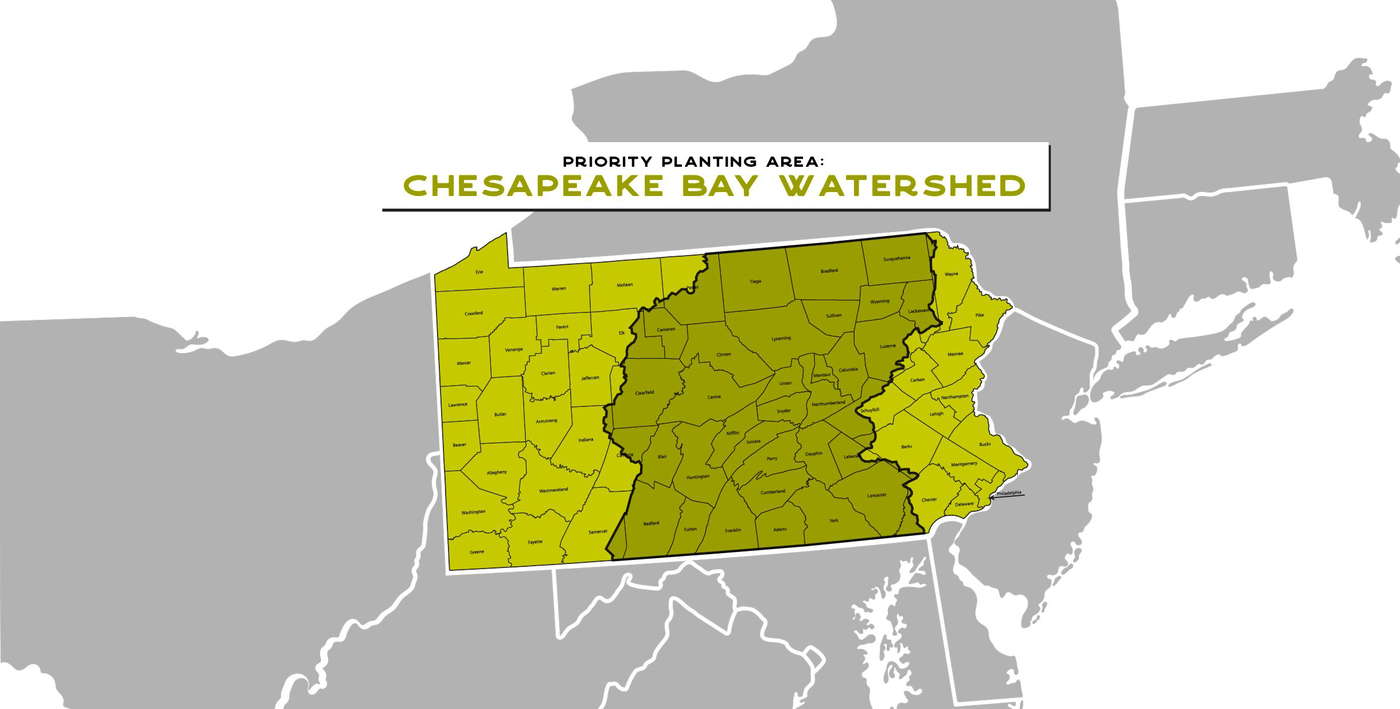
K10 also prioritizes large-scale plantings because the more trees that are planted together, the greater the amounts of pollution that will be reduced. In fact, a forested riparian buffer (trees planted along a stream), with a width of 35 ft can reduce up to 50% of nitrogen, 65% of phosphorus, and 80% of sediment from runoff. These numbers increase to 90-95% across all categories when the buffer width increases to 100 ft. (Source: Lowrance et al, 2001).
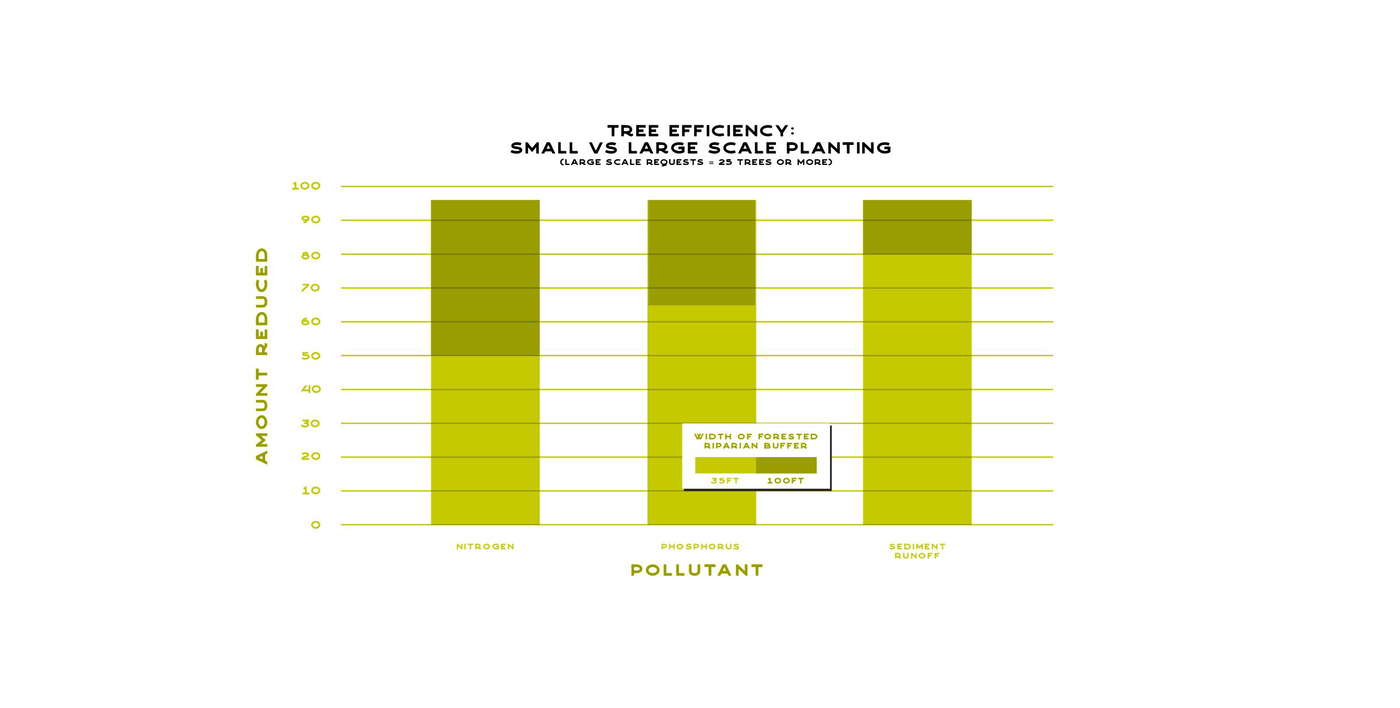
If you’ve requested free trees and are wondering why you haven’t heard back from a member of our team, it could be because:
1. Your county is not in the Chesapeake Bay Watershed
2. You requested a small number of trees (e.g. less than 25 trees)
However, that does not mean that your tree request is not contributing to our collective goal of Ten Million Trees for PA. Our team may be small, but it is also mighty! All we ask is that you hold tight while we first sort through large-scale projects inside the watershed.
Together with your help, our volunteers, funders, and our boots-on-the-ground partners will make it possible to achieve and greener and healthier future for Pennsylvania.
If someone has not responded to you within 30 days OR if you are facing an urgent deadline, please email us at keystonetrees@cbf.org.
-
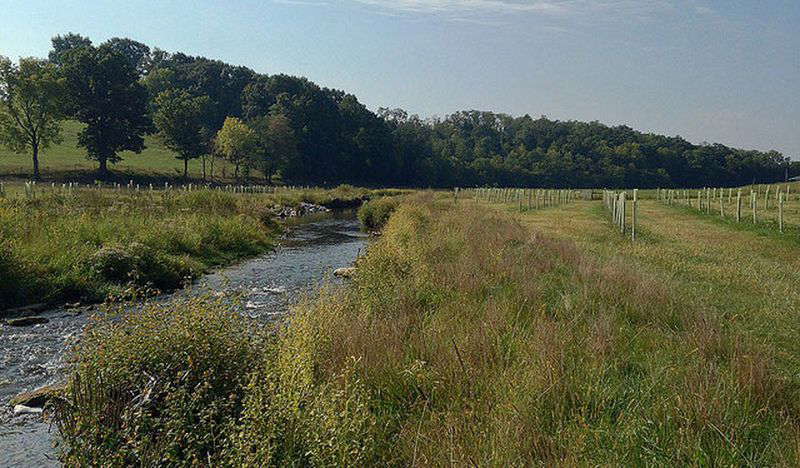
Photo Credit: USDA
How close to the goal is the initiative to plant 10 million trees across Pennsylvania?
A feature story of the partnership featured on PennLive -

Photo Credit: pixabay
Saving PA from Space
The Keystone 10 Million Trees Partnership has partnered with NASA to track tree height from space. -
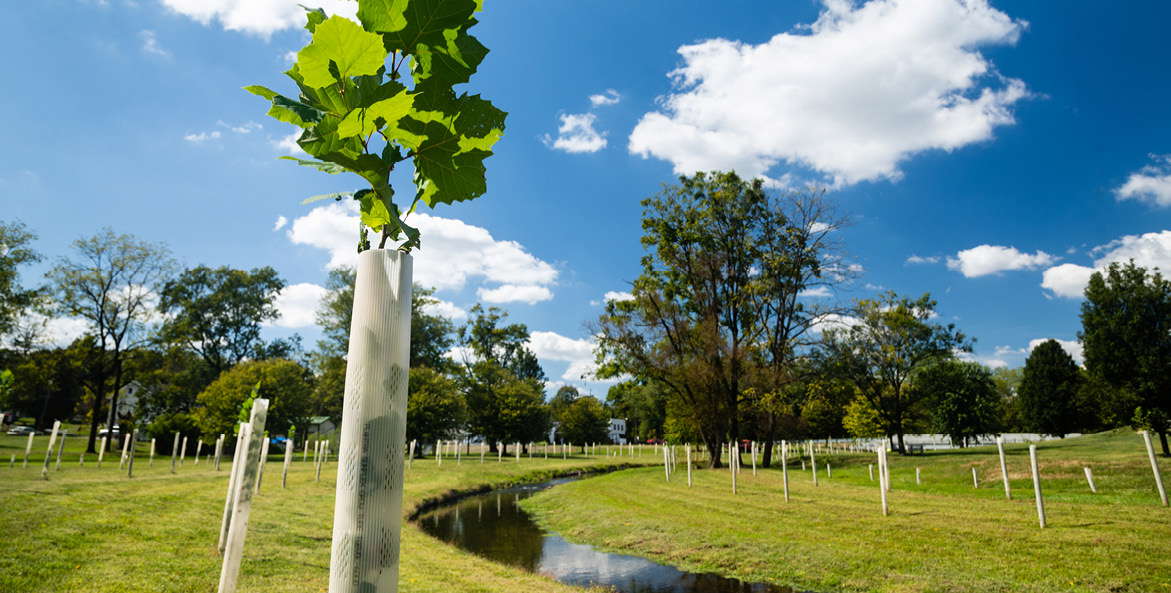
Photo Credit: Will Parson
Pennsylvania’s Steep Road to Clean Water
Earlier this month, CBF released its 2021 State of the Blueprint report with a large focus on Pennsylvania. Here are the highs, lows, and next steps for the Keystone State.


